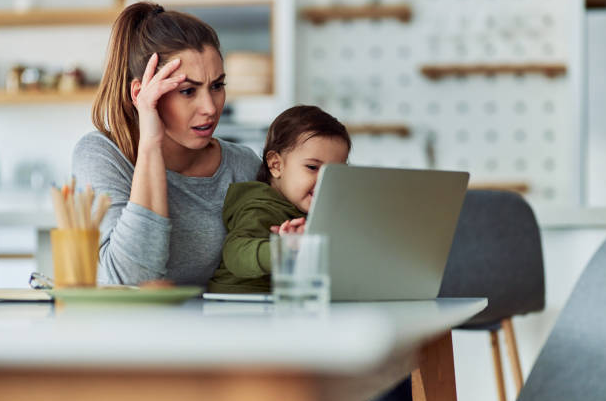Following dis-influencers is still an act of following.
Key Points:
- As more people understand that influencers are paid directly by companies to promote their products, influencers are fast being exposed as lacking the credibility for independent advice
- Influencers had a business model. Influencers were paid by product companies and therefore incentivized to build followers and generate product sales
- Dis-influencers are found on social media platforms, meaning you can only access them there, and by doing so, you continue to lay down your digital footprint. Browsing online is still a temptation, because you’re online
- Some influencers are freshly self-appointed social commentators who like to point out the absurdity of overconsumption of non-essential products. Some of them point out false advertising claims and others provide specific practical tips for hoarders and addictive spenders
On the internet, we’re presented with hundreds of choices, often small variations on the same product. This is digital competition for the product producer, and a form of decision sludge for us. So, then people check out the online influencers to guide their decisions. In 2022, influencers sold $3.6 billion US of goods including a $700 hairbrush. Many people have grown accustomed to checking in with literally virtual strangers to tell us what to buy. When people are genuinely influenced by product influencers, they abdicate their own decision-making abilities to think for themselves.
As more people understand that influencers are paid directly by companies to promote their products, influencers are fast being exposed as lacking the credibility for independent advice. Here’s where it’s getting interesting. Just as critical thinkers look for alternatives and better solutions, we are now witnessing an uptick in counter opinion makers – the online dis-influencers. This could be a promising turn of events. Dis-influencers are the online individuals who don’t peddle your favorite bath wash but suggest why you shouldn’t buy that category of products in the first place. They invert – or suggest the opposite – choices you could consider. (There are some downsides which I’ll get into later.)
Dis-influencers are the digital anti-influencers in today’s world. They’re real people who run blogs and videos to discourage people from buying certain products, a product category or buying anything in the first place. Some of them were previously influencers who promoted products and were paid on a performance basis e.g., number of followers, and/or the number of sales conversions online. Others are freshly self-appointed social commentators who like to point out the absurdity of overconsumption of non-essential products, such as double-tiered soap dishes and smart pens that electronically alert you to when you’ve run out of ink. Some of them point out false advertising claims and others provide specific practical tips for hoarders and addictive spenders.
Based on our own research, here’s how online dis-influencers claim they assist in breaking bad spending habits.
- They argue against frivolous spending
- They point out how inauthentic some influencers really are. Influencers are paid and sponsored by consumer product companies to promote their products online
- They show where low-cost alternatives to expensive products are available
- They champion those who opt-out, stop or block influencer feeds
- They discourage impulsive buying with tips and tricks
- They point out how overconsumption is harmful to human and environmental health
In general, they represent a promising source of opinions of how people can break the destructive habits of mindless overbuying and save money. However, I promised some caveats. Here’s the first. Following disinfluencers is still an act of following. Dis-influencers are found on social media platforms, meaning you can only access them there, and by doing so, you continue to lay down your digital footprint. Browsing online is still a temptation, because you’re online. At least dis-influencers have anti-consumerist ideas to share. Online dis-influencers are growing in number, and so too are their followers.
My second point is that previously, influencers had a business model. Influencers were paid by product companies and therefore incentivized to build followers and generate product sales.
Today’s disinfluencers appear to be unfunded and do their bit without financial incentive. After all they’re dissing products so why would a consumer product company pay them to discourage potential buyers? It remains to be seen how or if dis-influencer groups will ever be funded. It’s unlikely to happen.
References:
- Leung, Fine F., Flora F. Gu, and Robert W. Palmatier. “Online influencer marketing.” Journal of the Academy of Marketing Science 50.2 (2022).
- Jin, S. Venus, Aziz Muqaddam, and Ehri Ryu. “Instafamous and social media influencer marketing.” Marketing Intelligence & Planning 37.5 (2019).
About the Author:
MATT DRUCKER, D. Psych., is the founder of The Consumer Money Lab, an integrated research network in Australia. The Consumer Money Lab studies consumer financial behavior and how and why people spend money.
For more information, go to www.conversationwithmattdrucker.com


